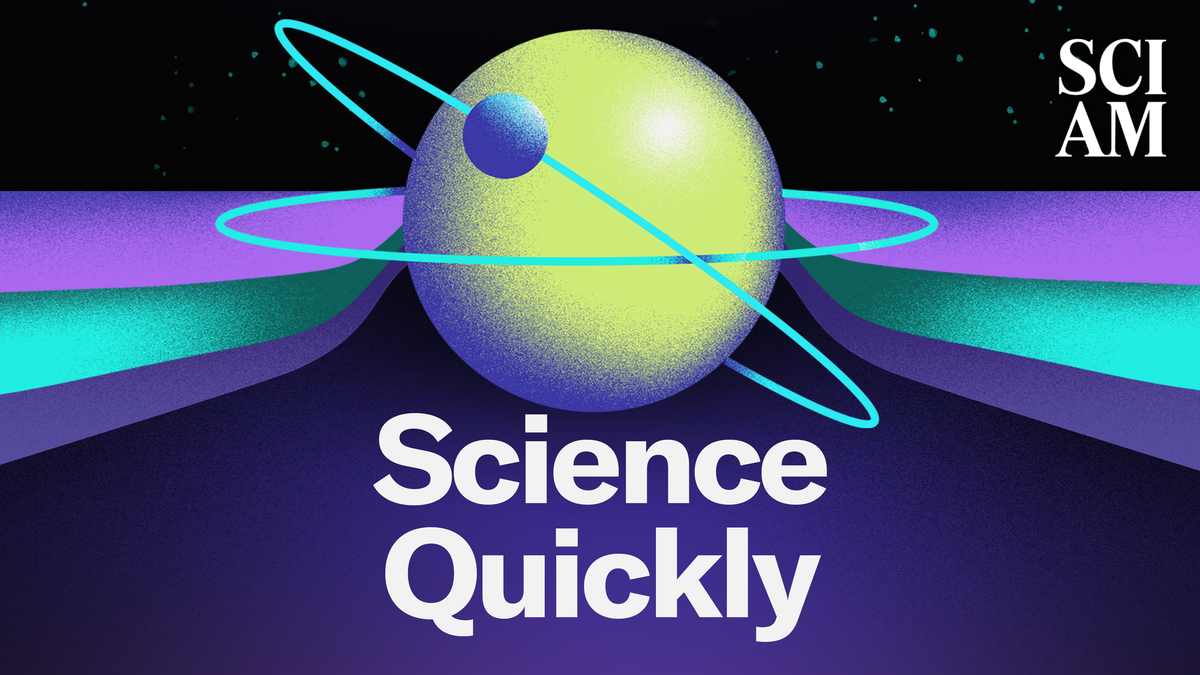
"According to SciAm's April 1925 article on the subject, the weather was pristine for eclipse viewing. The article details some eerie visual effects seen during the eclipse."
"The 1925 writer explains that the 'thousands of writhing serpents of shadow' were shadows cast by streaks of air with different densities."
Rachel Feltman revisits the April 1925 issue of Scientific American, drawing parallels between the excitement surrounding eclipses then and now. The total solar eclipse in January 1925 captivated parts of the U.S., and the article discusses eerie visual effects experienced during the event, like shadowy bands resembling serpents. Scientists explain these phenomena as shadows from varying air densities, which become pronounced during an eclipse. This historical look not only highlights how eclipses remain a source of wonder but also showcases enduring scientific exploration of such natural occurrences in 2024.
Read at www.scientificamerican.com
Unable to calculate read time
Collection
[
|
...
]